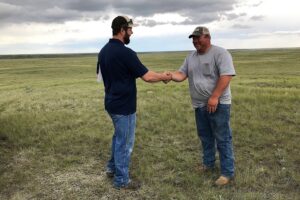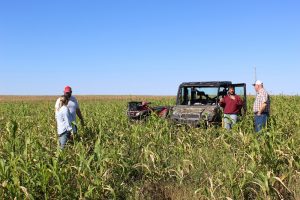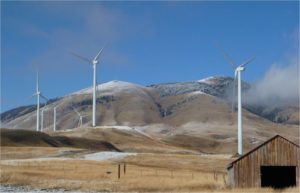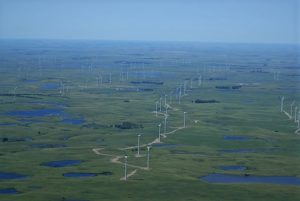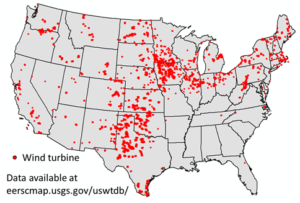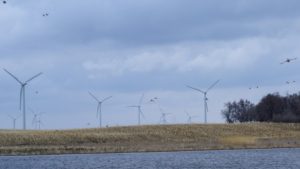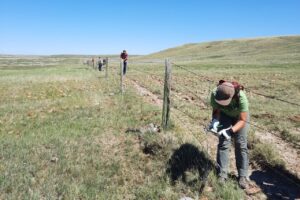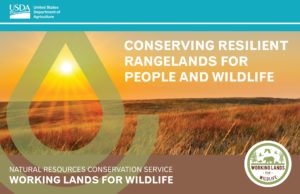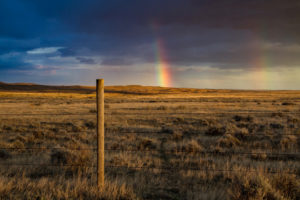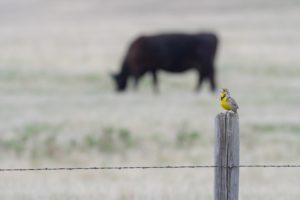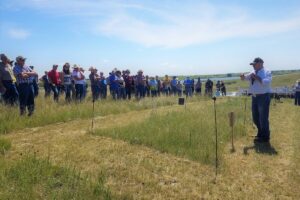
Northern Prairie Wildlife Research Center Prepares for the Future with 5 New Research Scientists
Throughout the PPJV, retirements of the “boomer generation” have left behind big losses in capabilities. With an eye on the future, the U.S. Geological Survey’s Northern Prairie Wildlife Research Center (NPWRC) filled five vacated positions with talented early-career Research Scientists. Each of these scientists served as Post-Doctoral researchers at NPWRC before they were hired in

